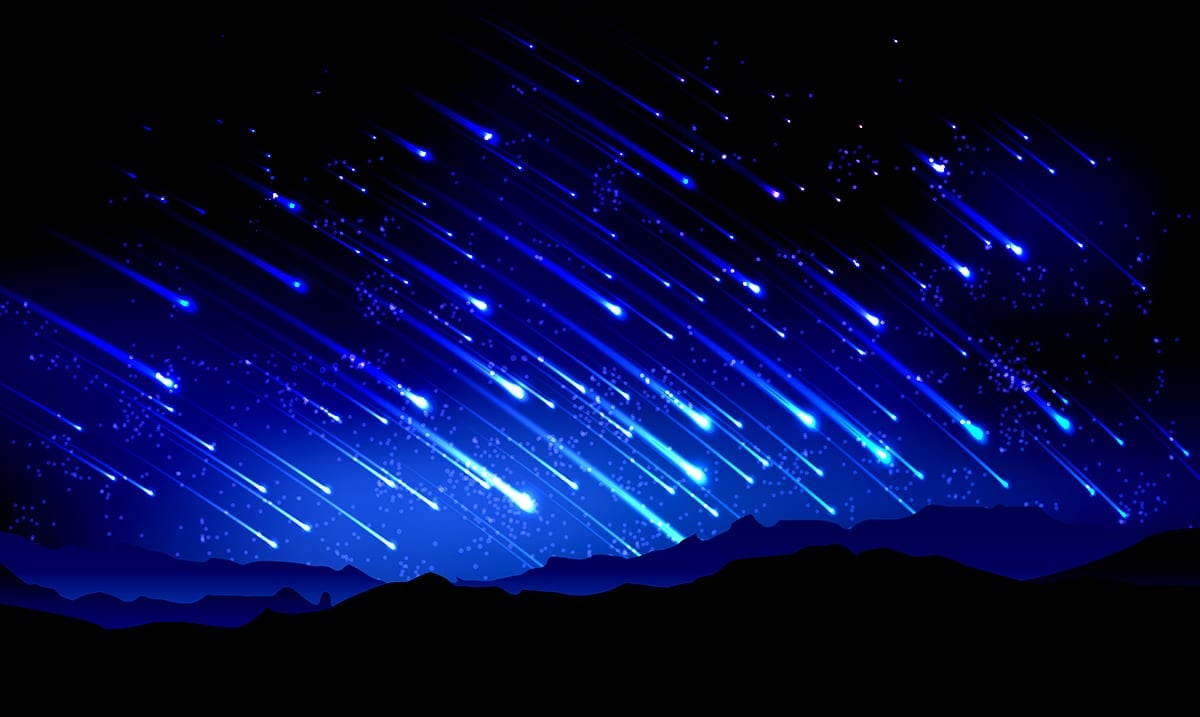Once again it is almost time for the Geminids meteor shower. This is one of the best showers we have all year and it is one that usually produces some of the most mind-blowing shooting stars.
The Geminids are active every year in December as we pass through the debris left behind from 3200 Phaethon and is usually quite the sight. While Phaethon is not quite confirmed as comet or asteroid, it is has left behind a lot of debris for our planet to find and thus we usually catch a spectacular show each year as a result. The Geminids meteor stream in itself usually has much more mass than any other shower according to NASA and that in itself is pretty mind-blowing.
In regards to the Geminids meteor shower NASA wrote as follows on their website:
Find the darkest place you can, and give your eyes about 30 minutes to adapt to the dark. Avoid looking at your cell phone, as it will mess up your night vision. Lie flat on your back and look straight up, taking in as much sky as possible. You will soon start to see Geminid meteors. As the night progresses, the Geminid rate will increase, hitting a theoretical maximum of about 100 per hour around 2 a.m.
Bear in mind, this rate is for a perfect observer under perfect skies with Gemini straight overhead. The actual number for folks out in the dark countryside will be slightly more than 1 per minute. Folks in suburbs will see fewer, 30 to 40 per hour depending on the lighting conditions. And those downtown in major cities will see practically nothing – even though the Geminids are rich in beautiful green fireballs, the lights of New York, San Francisco, or Atlanta will blot even them out. Dark clear skies are the most important ingredient in observing meteor showers.
And while you’re scanning the sky for Geminids, you might notice a small, faint “ghostly” green patch in the constellation of Taurus – that’s Comet 46P/Wirtanen, which will be making its closest approach to Earth (7 million miles) for the next 20 years. We are actually going to have a comet visible to the unaided eye this holiday season!
The peak for this shower in itself will occur on the night of December 13th going into December 14th. If you’re in the right location you should be able to see anywhere from 50-100 shooting stars per hour which is truly an otherworldly sight. Even when the moon is quite bright this shower still steals the spotlight. You won’t need any kind of fancy equipment and should be able to see plenty with nothing more than your naked eyes.
As you can see in the video below the Geminids showers of the past have been quite amazing. Will you be taking the time to see this one? I know I will not be missing it.
Sources:
Geminids Meteor Shower Peak Information
https://blogs.nasa.gov/Watch_the_Skies/tag/geminids/

